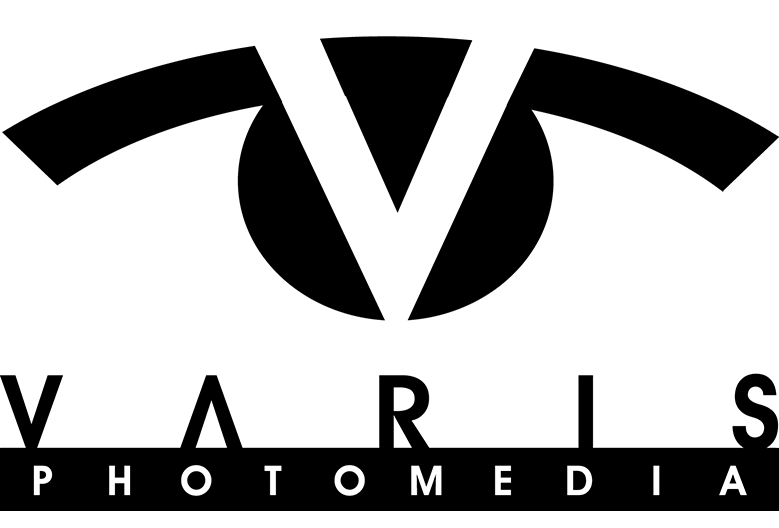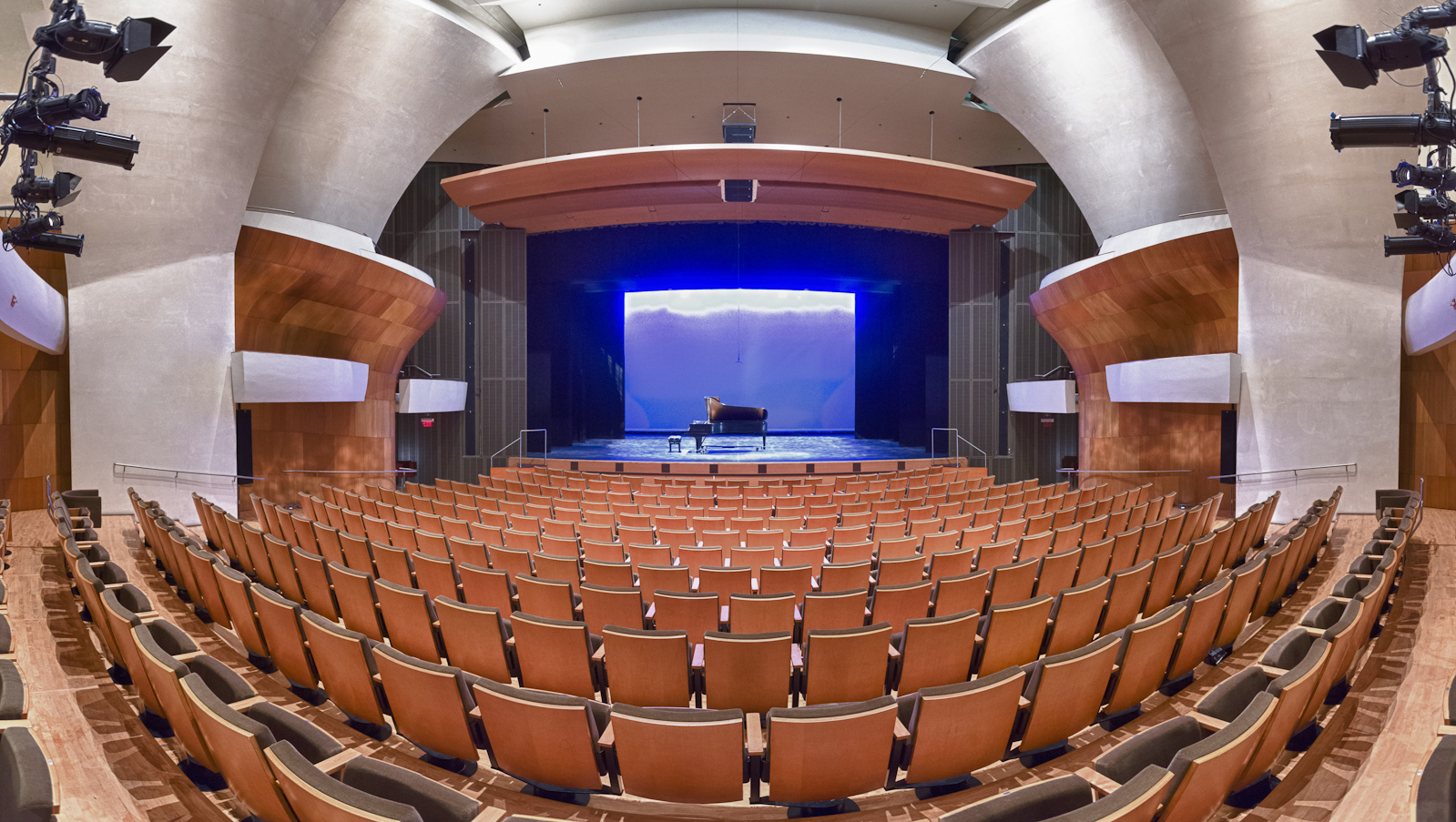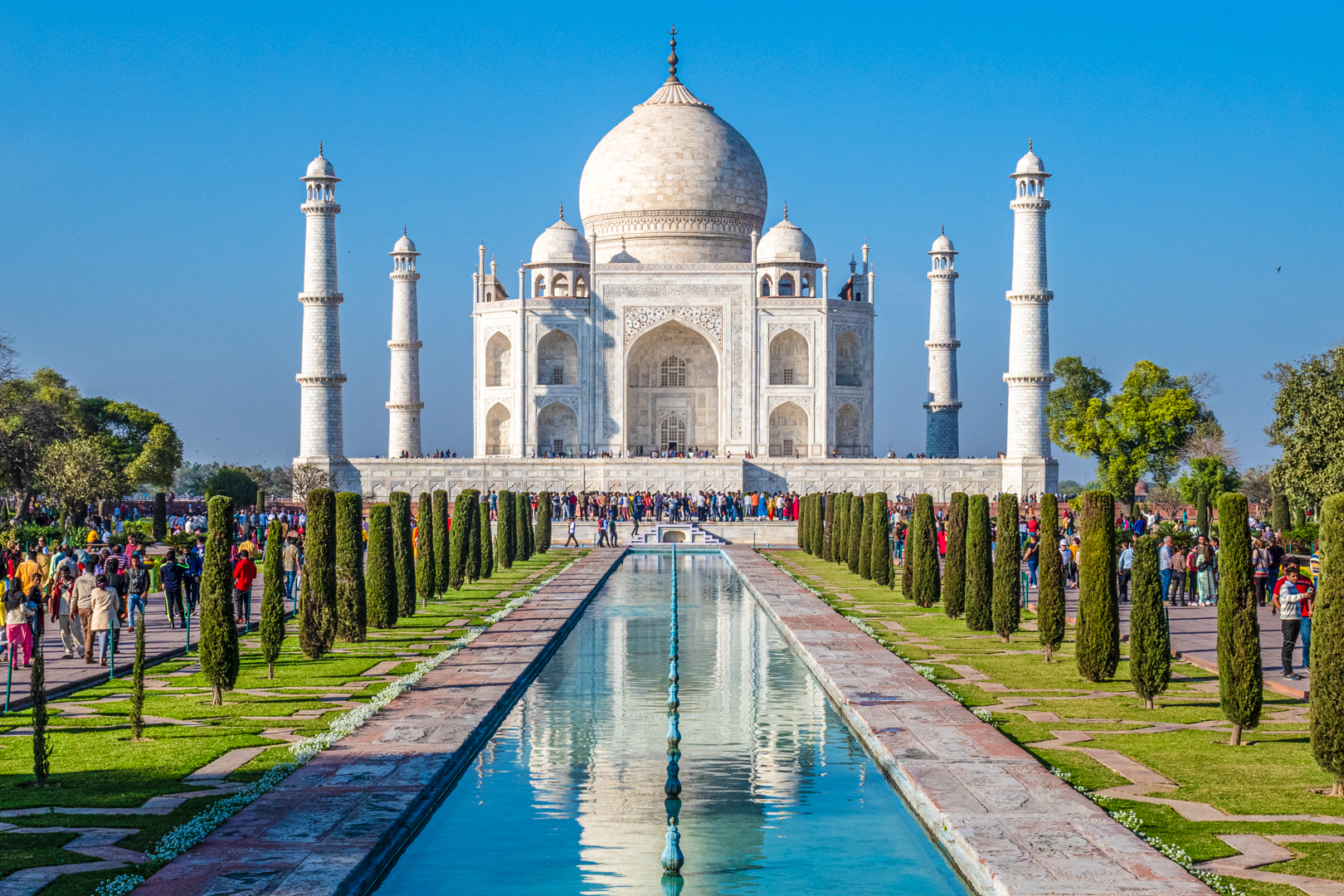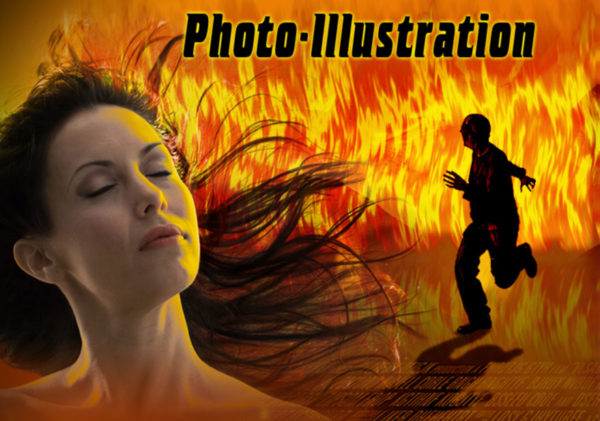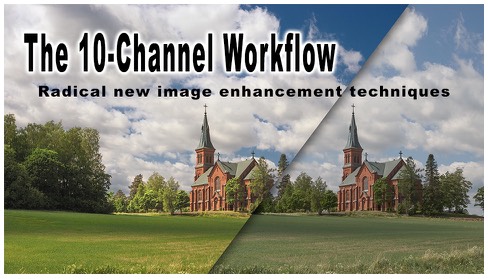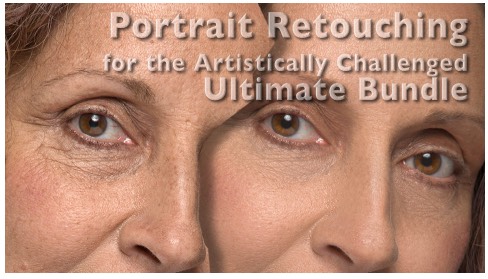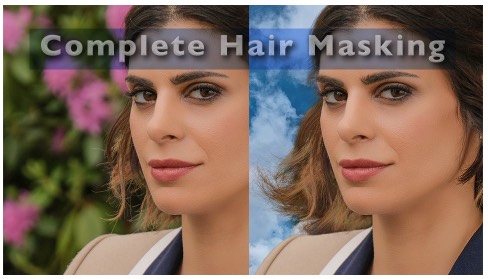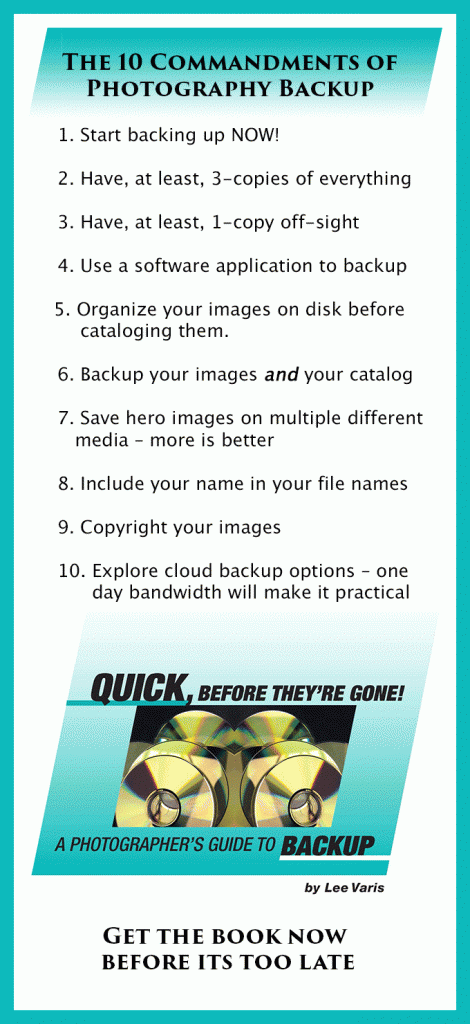Creating Panorama Scenes in Photoshop
I’ve been quite busy lately—the first part of the Month I was in Death Valley, then immediately after returning, I jumped into a photo shoot for the Broad Stage in Santa Monica, part of the Santa Monica College arts campus. Again, without a break, I did a little retouching job. I only mention this to explain why the blog has been so quite. I usually get a chance to work with my creative photography right after a trip but the Death Valley images will have to wait. For now, I am catching up by sharing the architectural shoot I did recently.
I did an exterior shoot for the Broad Stage last year (see the blog post here) and now the assignment was to document the interior for use on their website and in printed promotional materials. Besides its use in school programs the swank 500 seat theater is available for rent and is often used for major public performances. My job was to produce wide angle panoramas to show the space with and without crowds. I did quite a bit of other shooting as well, details, musicians and instruments but the main focus was to generate some interactive HDR-VR panos that could play on a website to give 360° views of the interior space. I’ve done this in the past using expensive proprietary software but today all the essential work can be done with Photoshop and an inexpensive program to generate the various web files.
I used an old Kaidan tripod rig to shoot single-row VR panos, orienting the Canon 5D vertically and shooting so that at least 20% of the frame overlapped the next shot. The pano rig allows for precise positioning of the camera so that the rotation occurs around the nodal point of the lens. This creates less displacement distortion from shot to shot and makes for more seamless blending into a single panorama image. The pano-rig has adjustable click stops for consistent rotational positioning shot to shot, a real advantage for quicker shooting. In addition to the multiple frames, each frame was captured in 3 different exposures—bracketing in 1-stop intervals—this provided enough extra detail, in shadows and highlights, to make it look as though extra lighting was used and really gives a sense of being there!

My old Kaidan rig – a first generation pano rig— Kaidan is no longer selling products but similar “pano-heads” are sold by Really Right Stuff and others.
Some scenes were captured as 360° panoramas spinning the camera rig in a complete circle to capture the full interior. The panorama rig makes the chore of aligning the shots much easier and having the shots revolve around the nodal point of the lens makes for easier stitching of the multiple shots. The actual pano stitching was done in Photoshop using the Photomerge function with spherical distortion.

After selecting multiple shots in Lightroom or Bridge, you can send them to Photoshop for merging into a panorama

The Photomerge dialog allows you to select the type of distortion to apply – vr panoramas will require “spherical” distortion to play correctly.

This 360° scene was captured from 10 different shots, each composed from 3 different exposures to create an interactive HDR, VR scene—I think this stretched wide angle is beautiful as is…
The 360° scenes are meant to be viewed as interactive VR, either as Flash or HTML5. I have provided two pages with links to the VR scenes. If you are on Windows, especially if you are using Internet Explorer, you should use the Flash link. Macs using Safari will have no trouble with the HTML5 link and tablet users can only use the HTML5 link:
I also shot a fair number of regular wide angle and HDR shots. HDR was only appropriate when there were no people present because any movement between bracketed shots would cause problems. I don’t like to completely compress the dynamic range for interior shots that include a view of the outside through a window. I prefer to have some detail show but allow the outside to be very pale to preserve a sense of light in the interior like the following shot of the lobby bar.

This image shows a large expanse of the exterior through the window behind the bar, but it is still basically an image of the interior. Keeping the outside bright in the HDR composite keeps the interior from looking dim or dull.
The white light reflecting off the floor and bar top give the scene an open airy quality that would be missing if too much compression was applied during the HDR blending—if we saw blue sky, that color would also merge into the reflections and it would give the scene an unreal HDR-esque cartoon look!
The assignment also called for shots during an evening concert. This was primarily to show the stage with the orchestra shell, a screen assembled behind the performers that helps to project the sound out into the theater which is especially helpful for un-amplified acoustic concerts. There was a chamber music performance scheduled that provided the perfect opportunity to photograph the stage with this setup and capture scenes that included people enjoying the space.

The orchestra shell incorporates sound reflecting panels, hung from the ceiling, that connect with panels that wrap around the rear of the musicians to prevent sound from escaping into the large curtained areas behind the stage
I was not allowed to shoot during the performance so all the shots of the musicians were captured during a rehearsal. This was a kind of bonus shoot, not part of the primary goal, but very much welcomed by the musicians who are always looking for photographs to use in their promotions.

The rehearsal was used to test out the concert lighting and I got some great dramatic shots like this one.
I was able to capture images of the audience before the concert started and this allowed me to show the space in use. When people are present its really impossible to use HDR but I could still shot multiples and stitch into wide angle panos like the following image:

This wide angle scene was stitched from 3 horizontal shots to show the full expanse of the seating area from the stage to the rear of the auditorium.
You can see the rest of the images from this shoot in my recent work gallery here:
https://varis.com/RecentWorkGalleries/galleries/BroadStage2/
